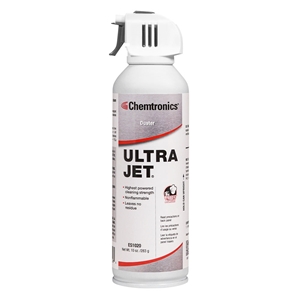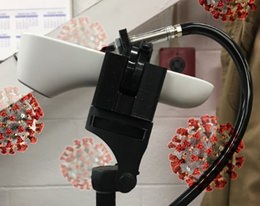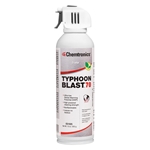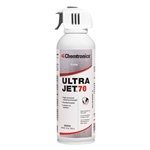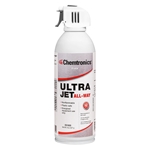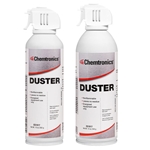Ultrajet
Duster with the BIGGEST blast to clean anything fast
Ultrajet® compressed gas duster is a high pressure duster that cleans electronics without scratching delicate surfaces. This duster/ cleaner is nonflammable, residue-free and won’t scratch delicate surfaces.
New improved formula with lower global warming. (click link for more info)
Features & Benefits
- Nonflammable
- Highest powered cleaning strength
- Zero VOC
- Filtered to 0.2 microns
- Leaves no residue
- Safe on plastic
Applications
- Removing dust build up from circuit boards
- Cleaning insulating debris from pin connectors
- Removal of entrapped solvent from under surface mount devices
| TDS | |
| REGS | |
| SDS | |
| Categories |
| Shelf Life | 10 yrs. |
|---|---|
| Specs | Fed Spec A-A-58060, ARI Standard 700, App. C |
| NSN | ES1020 - 6850-01-412-0040 |
| Call-outs |
Ford (ES1020) - 134353 GM (ES1020) - 232653 Northern Telecom/BNR (ES1020) - 236001 |

